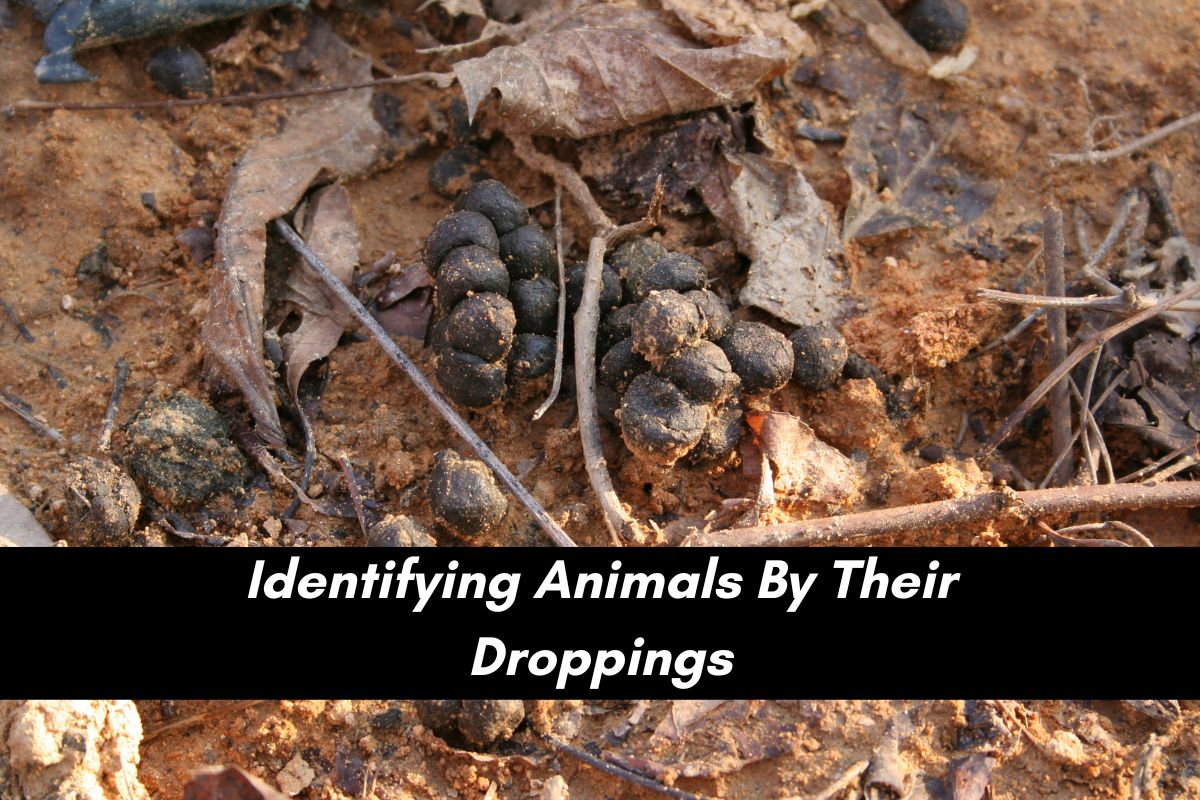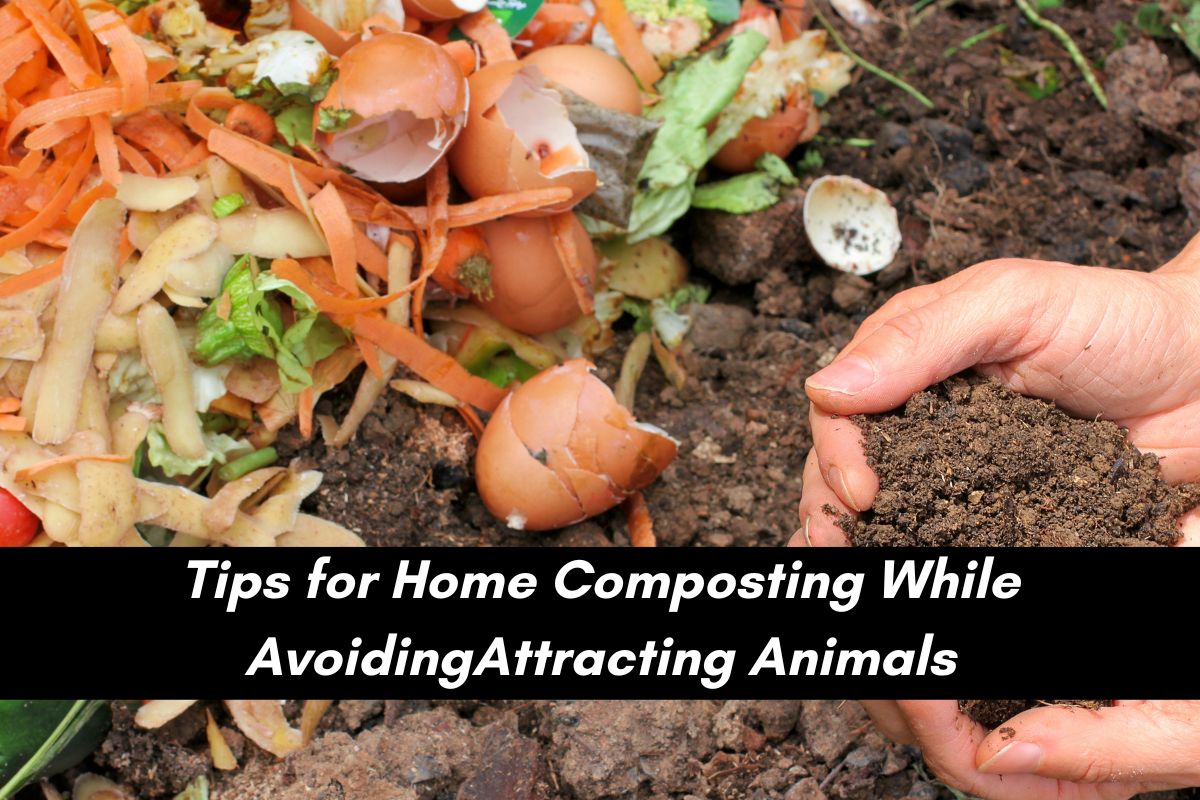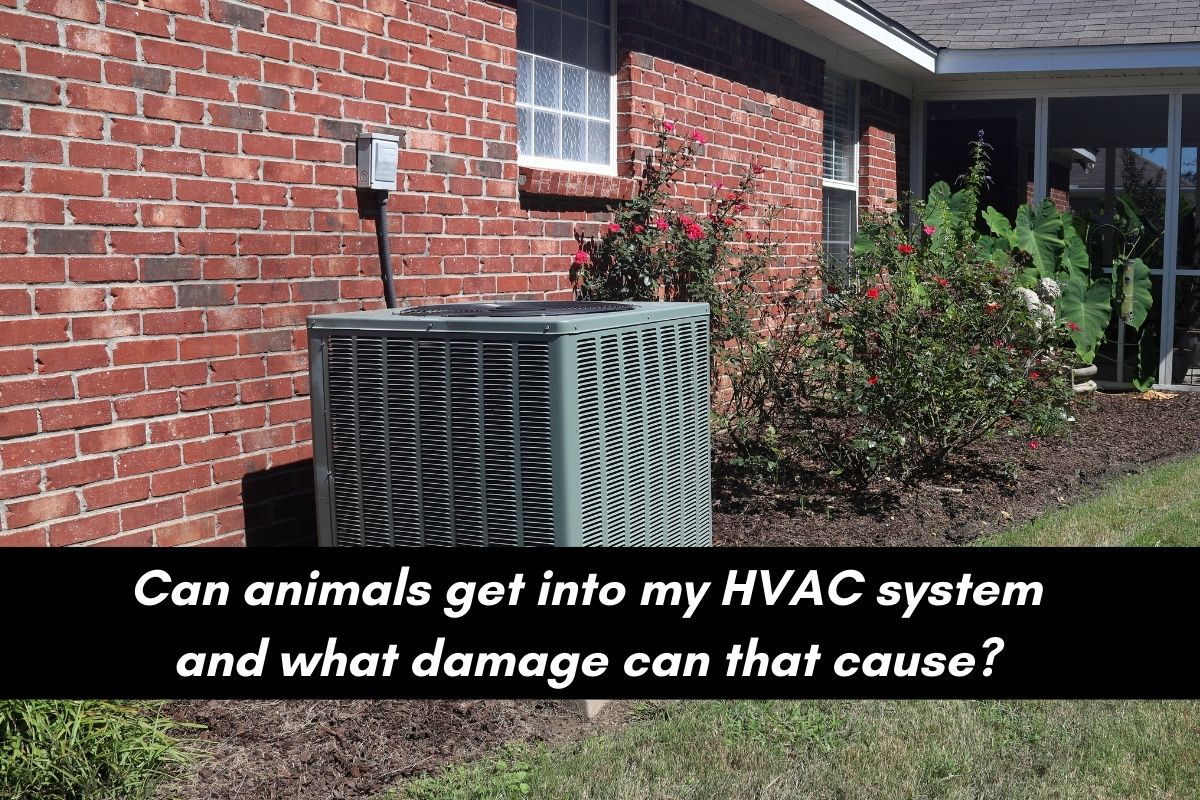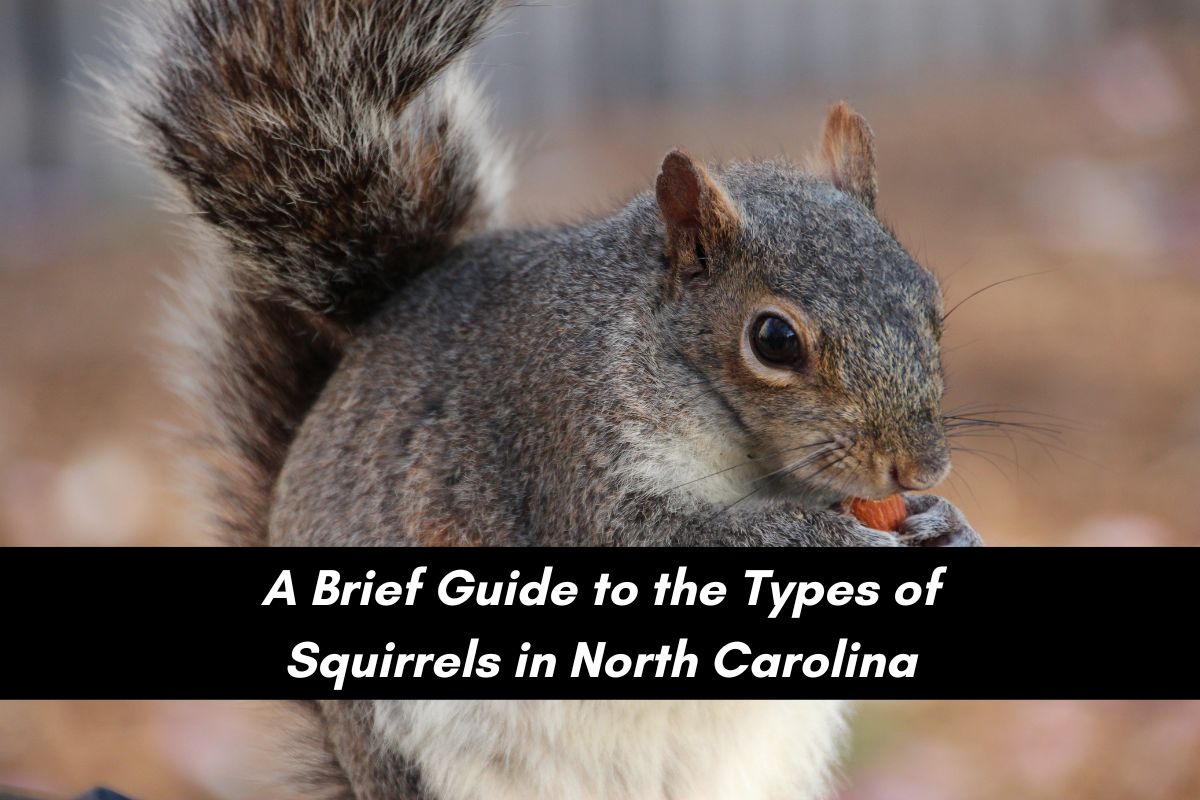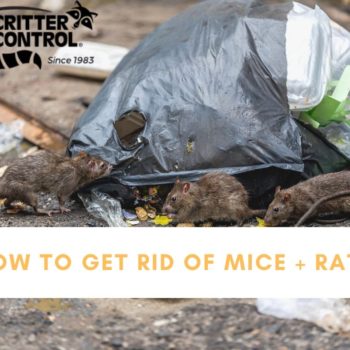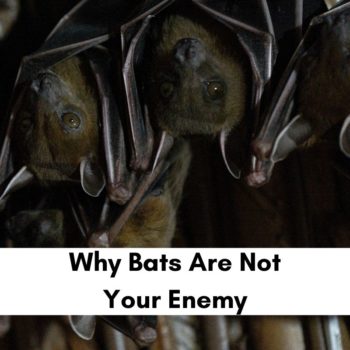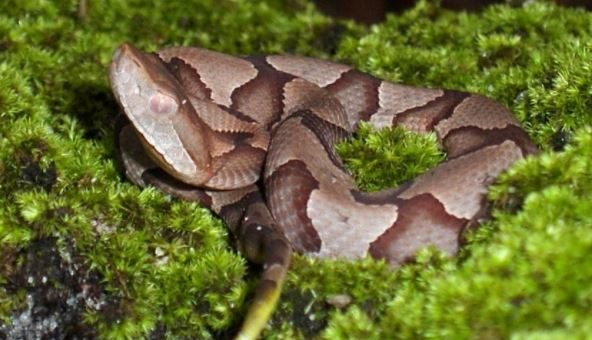
Fact Vs Fiction – The Truth About Baby Copperhead Season
- Posted by AdminBW
- On August 18, 2020
- 0 Comments
Every year, around August, a lot of information is spread about baby copperheads in the Triangle area, and not all of it is factual. So, a little Fact vs. Fiction will be useful for residents, especially as “baby copperhead season” begins.
Claim: Copperheads are everywhere in North Carolina, even the urban centers like Raleigh, Durham and Chapel Hill.
Verdict: True. All 100 counties in the state have copperheads, and they actually thrive around people and in more populated areas.
Claim: Copperhead bites are fatal, and you need to immediately get to the hospital for anti-venom treatments in order to avoid getting a limb amputated or dying.
Verdict: Mostly false. There are cases of amputations and even very occasional deaths, but these are unusual situations. If you’ve been bitten, go see a doctor, but do not panic. Other than being painful, copperhead bites are generally nothing to be worried about.
Claim: If you see a brown snake with darker banding around it, that’s a copperhead, and you should kill it.
Verdict: False. While some brown snakes with dark banding are copperheads, other snakes, like water snakes and corn snakes, can look very similar. And you definitely shouldn’t kill the snake. If it’s a copperhead, it will be dangerous, and if it’s not, then it should be allowed to live.
Claim: Baby copperheads bite more often and excrete more venom because they have less control than adult snakes.
Verdict: False. Baby copperheads do not have more venom and do not excrete it more recklessly. It’s a common myth, but it’s not based on any science.
Claim: Baby copperheads can be found in suburban yards under things like toys, lawn equipment and wooden pallets.
Verdict: True. Copperheads of all ages love hiding under objects where they feel concealed from threats. They love a place even more if they can also climb on top of it to get direct sunlight.
Claim: If you find and eliminate the copperhead eggs, you can prevent them from being born.
Verdict: False. Female copperheads actually give birth to live young in August and September after their eggs are fertilized in the spring. Their broods are anywhere from 5-20 snakes, typically closer to 8 young.
Claim: Copperhead, water moccasin and cottonmouth are all just names for the same thing.
Verdict: Mostly false. While water moccasin and cottonmouth are names for the same snake, copperhead is a different type of “moccasin,” sometimes called the “highland moccasin.” So, the moccasin that is more often found in water is the cottonmouth, and the one that lives more on the land is the copperhead. Both snakes are venomous pit vipers found in North Carolina though, as are rattle snakes.
When in doubt, call Triangle Critter Control for help!
If you have brown snakes with an hourglass pattern banding on their backs that are on your property, it’s safest to avoid handling it yourself. There is a good chance that the snake in question could be another variety, like a corn snake or water snake. But if it’s a copperhead, you should consider having them removed.
In August and September, the baby copperheads do arrive, but they often move on if there isn’t a good food source. Copperheads live mostly off of rodents, so if there are many adult copperheads living on your property, you almost certainly have a rodent problem as well. The two go hand in hand. We can handle both problems together.
Those living in Raleigh, Durham, Cary, Wake Forest, Apex, Chapel Hill and other Triangle-area cities should call Triangle Critter Control for assistance when they identify snake populations that could be a problem. Our number is (919) 382-0651.




